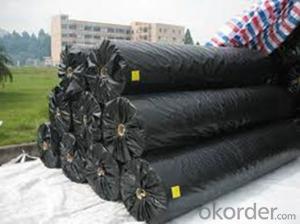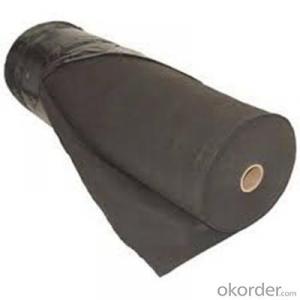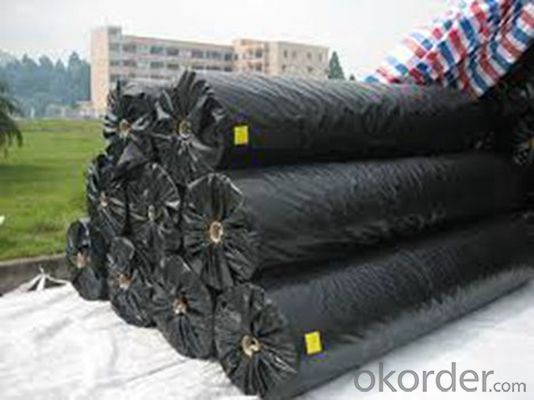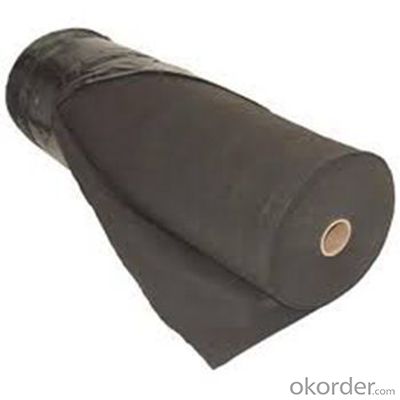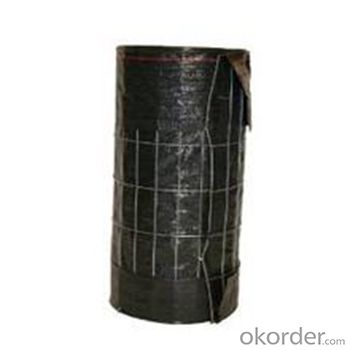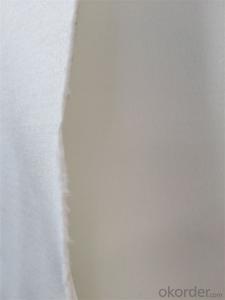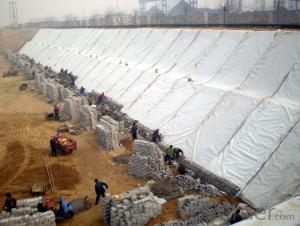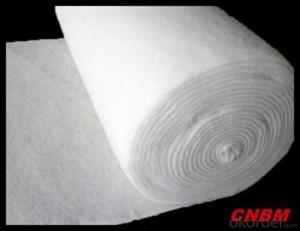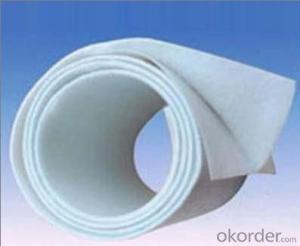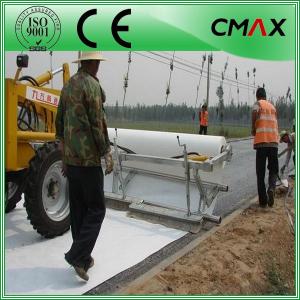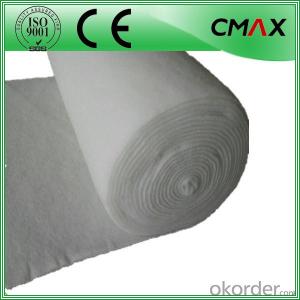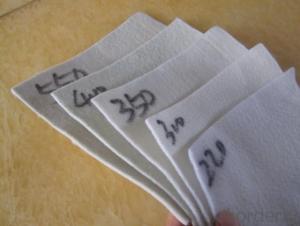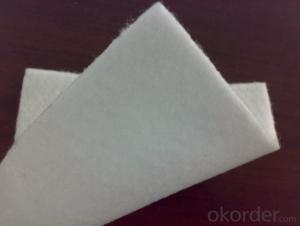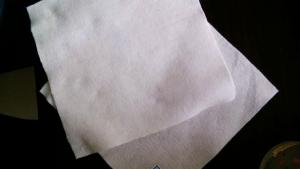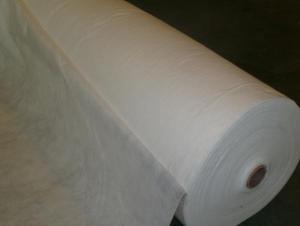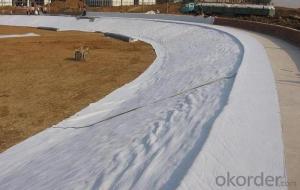Geotextile Fabric for Seawalls - Geotextile Bag Non-Woven Geotextiles Bag
- Loading Port:
- China main port
- Payment Terms:
- TT OR LC
- Min Order Qty:
- 1000 m²
- Supply Capability:
- 100000 m²/month
OKorder Service Pledge
OKorder Financial Service
You Might Also Like
Specification
Product Introduction
Detail
Non woven Geotextiles bag
Made by polyester(PET) or polyproplence(PP)fiber as the raw material,making double sides ironed and pressed needle-punched non-woven geotextile through the spun bonded technology,and then processed to bag with specified dimension, and tnen spray seeds which are suitable for local climate, form a new product which could restore or create a new ecosystem.
Specification
1,) Plane size range: (can be made according to the requirements of the design and engineering)
2,) Cloth gram weight range: 100g/m2~500g/m2
3,) Tensile strength≥4.5kn/m
4,) Elongation at break: ≥40‰
Specification | 110GSM | 130GSM | 150GSM |
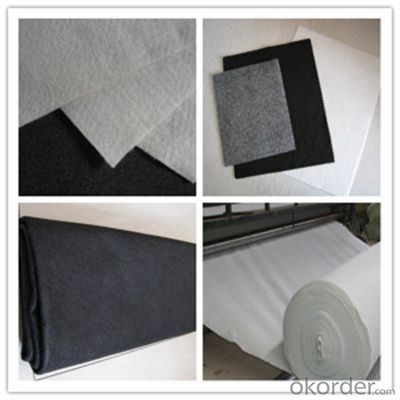
Packaging & Shipping
Packing: PLASTIC FILM INSIDE, AND WOVEN BAG OUTSIDE
Shipping: About 15 days after receipt the deposit
pecifications
geotextile fabric
permeability,filtration,easy for construction
ISO and CE certificate
Good quality and competitive price
Our Service
Quality assurance
1.On a regular basis or as per your request,we entrust national testing agencies to conduct quality inspections
2. Strictly in accordance with the ISO9001-2008 international quality system standard,we monitor and manage the whole process throughout production,quality testing,and measurement to ensure product quality
3. For quality-related construction delay or substandard construction(except for damage or losses due to customer’s responsibility or irresistible natural disasters),we have refunding,replacement,and repair services.We will respond to customers’ feedbacks on quality issues within 24 hours.
FAQ:
Q: What kind of payments does jenor support?
A: T/T, L/C, Cash are accepted.
Q: Do you charge for the samples?
A: Accordeing to our company policy, the samples are free, we only charge the freight fee. And we will return the freight fee during the next order.
Q: Can you produce according to customers' design?
A: Sure, we are professional manufacturer, OEM and ODM are both welcome.
Q: Do you have other products?
A: Yes, please check the pictures:
- Q: What are the different types of geotextile seams?
- There are three main types of geotextile seams: butt seams, sewn seams, and heat-sealed seams. Butt seams involve overlapping two geotextile panels and securing them with an adhesive or by heat bonding. Sewn seams involve stitching two panels together using a sewing machine and a high-strength thread. Heat-sealed seams are created by applying heat and pressure to melt the geotextile panels together, creating a strong and durable seam.
- Q: Who knows geotextile, how to sew, the best video
- Where do you use it? Professional production geotextile manufacturers to answer,
- Q: How are geotextiles affected by UV exposure?
- Geotextiles are affected by UV exposure due to the degradation of their fibers by sunlight. This exposure can weaken the material, reducing its overall strength and durability over time. To mitigate this, geotextiles are often treated with UV stabilizers or are installed in a manner that minimizes direct exposure to sunlight.
- Q: How do geotextiles aid in the reduction of frost heave?
- Geotextiles aid in the reduction of frost heave by providing a barrier that prevents the upward movement of moisture within the soil. This barrier minimizes the formation of ice lenses, which are a major cause of frost heave. Additionally, geotextiles help to distribute the load more evenly across the soil, reducing the pressure on the underlying layers and minimizing the potential for frost heave to occur.
- Q: Geotextile price is how much money
- Ask the geotextile price is too general, because the standard too much. Short wire, filament, polyester; non-standard, GB and so on. To Hongxiang Li Qian short wire geotextile price quote, for example, the price is generally between 4900-7500 yuan / ton, but the weight <200g, an increase of 100 yuan / ton; weight> 800g, an increase of 500 yuan /Ton. 187 & lt; 6600 & lt; 5604
- Q: What are the factors to consider when selecting geotextiles for mining applications?
- When selecting geotextiles for mining applications, factors to consider include the type and size of particles being contained or separated, the required strength and durability of the geotextile, the level of permeability needed, the potential for chemical or biological degradation, and the site-specific conditions such as slope stability and groundwater levels. Additionally, the cost-effectiveness and ease of installation should also be taken into account.
- Q: How do geotextiles contribute to the performance of geosynthetic tubes?
- Geotextiles play a crucial role in enhancing the performance of geosynthetic tubes by providing reinforcement, filtration, and separation functions. They help to distribute and dissipate stress and loads, preventing the tube from deformation or failure. Geotextiles also act as a filter, allowing water to pass through while preventing soil particles from clogging the tube, maintaining its hydraulic efficiency. Additionally, they separate different materials within the tube, preventing mixing and maintaining the integrity of the structure. Overall, geotextiles significantly contribute to the durability, stability, and effectiveness of geosynthetic tubes in various applications.
- Q: How are geotextiles affected by biological factors?
- Geotextiles can be affected by biological factors such as microorganisms, plants, and animals. Microorganisms can degrade the fabric of geotextiles, leading to reduced strength and durability. Plant roots can penetrate and damage the geotextile, compromising its effectiveness in preventing soil erosion. Additionally, animal burrowing can disturb the placement and integrity of geotextiles, reducing their overall performance. Therefore, biological factors can have a negative impact on the functionality and lifespan of geotextiles.
- Q: What are the materials used in geotextile production?
- Geotextiles are typically produced using a variety of materials, including synthetic fibers such as polypropylene, polyester, and polyethylene. These materials are chosen for their durability, strength, and resistance to environmental conditions. Natural fibers like jute and coir can also be used in certain geotextile applications. Additionally, some geotextiles may incorporate additives or coatings to enhance their performance and stability.
- Q: Are geotextiles suitable for use in canal lining?
- Yes, geotextiles are suitable for use in canal lining. They provide effective erosion control and filtration, preventing soil loss and allowing water to flow through while retaining fines. Geotextiles also offer durability, resistance to UV degradation, and can be installed easily.
Send your message to us
Geotextile Fabric for Seawalls - Geotextile Bag Non-Woven Geotextiles Bag
- Loading Port:
- China main port
- Payment Terms:
- TT OR LC
- Min Order Qty:
- 1000 m²
- Supply Capability:
- 100000 m²/month
OKorder Service Pledge
OKorder Financial Service
Similar products
Hot products
Hot Searches
Related keywords
